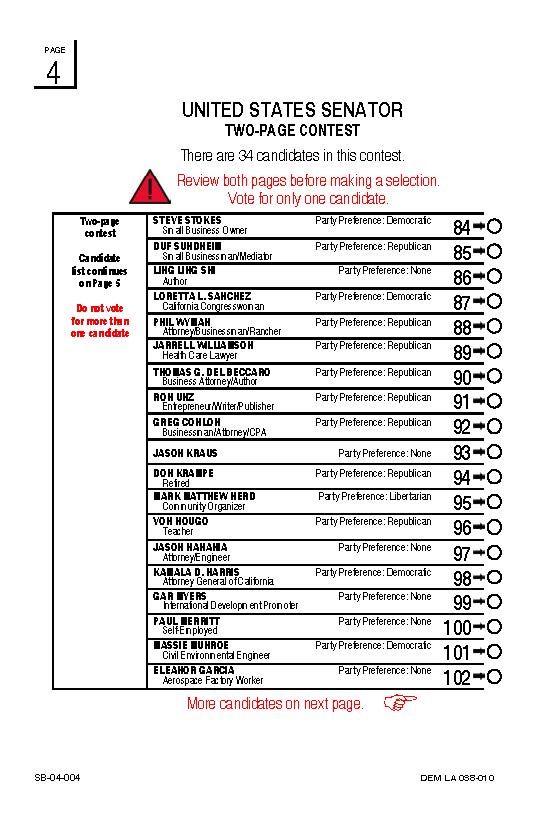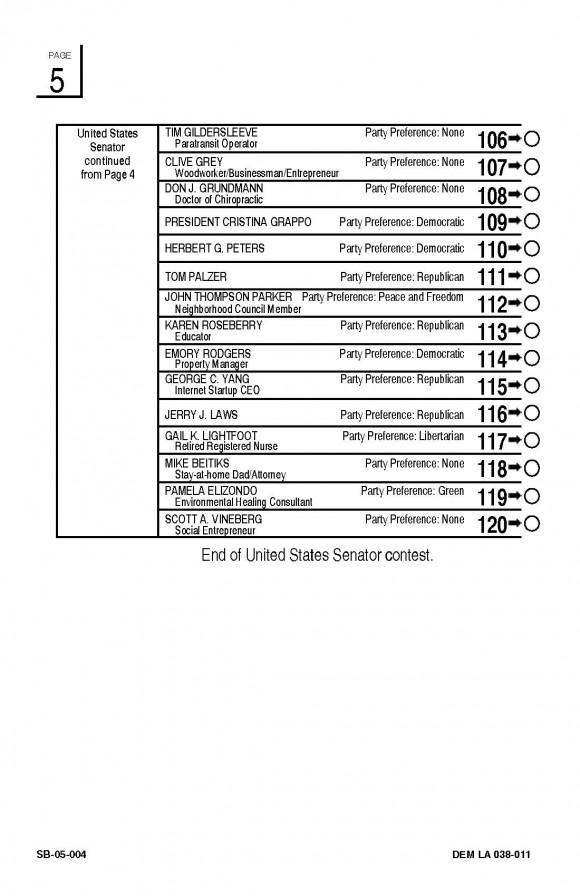The Caltech/MIT Voting Technology Project has recently released the first of a series of reports for the 2016 U.S. presidential election. This report, “The Voting Technology Project: Looking Back, Looking Ahead” outlines the history of the Caltech/MIT Voting Technology Project (VTP), and discusses some of the issues and states where the VTP will be focusing their collective research activities for this fall’s election.
As this report discusses, the VTP was formed immediately after the 2000 presidential election. In particular, the project was established to study the problems associated with voting technologies in that election, and to propose solutions for those technological problems before the next presidential election in 2004. To assess the problems with voting technology in 2000, the VTP was constituted as a bicoastal, interdisciplinary research group.
While studying the issues with voting technology in the 2000 presidential election was our initial focus, the team quickly figured out that voting technologies were not the only issues plaguing U.S. elections: our studies revealed that significant numbers of votes were lost in the 2000 presidential election to problems other than bad voting technology. The non-technological issues that the VTP identified were voter registration, absentee voting, and problems with polling place practices.
The VTP issued our first major research studies in June and July 2001 — fifteen years ago! The first of those studies examined the reliability of existing voting technologies, using the residual votes metric; the second study took a broader focus, and used the lost votes measure to compare the problems of voting technology to those associated with other aspects of the election process in the U.S. Both of these 2001 studies were significant: they were widely read by policymakers, election officials, other academics, and the interested public. These studies played important roles in the development of federal, state, and local election reform efforts after 2001, including the Help America Vote Act. These studies also laid the foundation for the development of a surge of interest in the study of election administration and voting technology by academics, which fifteen years later has grown to include researchers across the globe, who jointly have produced many important books and articles on voter registration, voter identification, absentee voting, voting technology, polling place practices, and election administration.
Fifteen years later, the VTP continues to carry out ambitious and important research on voting technology and election administration. As a project, we have released a number of important policy reports since 2001, we have published our research widely, we have helped election officials and policymakers across the globe improve their voting technology and election administration practices, we have trained many students in the science of elections, and we have collaborated widely with researchers at many other colleges and universities.
As this new report discusses, going into the 2016 November general elections in the U.S., the VTP will be focusing on many of the same issues which have received our attention in the past (ironically, in some of the same states where we have focused our studies in past elections). Our efforts will involve the study of how to improve polling place practices, in particular the elimination of long lines at polling places on Election Day. We will continue our studies of voter identification and authentication procedures, and how new technologies might allow for accurate identification without disenfranchisement. The VTP will be looking closely at the performance of old and new voting technologies that will be used this fall. Finally, we will also be studying voting-by-mail and early voting in the states which widely use those convenience voting options. We’ll provide additional reports about those studies as the election season progresses, and issue post-election evaluations when we have results to share with our colleagues and readers.
The 2000 presidential election was unique, and the combination of problematic voting technologies with a very close election focused the attention of the world on how American elections are conducted. The good news is that much has improved in the conduct of federal elections in the U.S. since 2000, and the research community now has metrics and methods to study election performance well.
However, in battleground states, where the presidential election will be fought, it’s likely that attention will again focus on administrative and technological issues in November 2016, especially if none of the presidential candidates can easily claim an Electoral College victory the evening of November 8, 2016. We hope that the release of this report, and the others that we will published between now and Election Day, will help minimize the number of votes that are lost in the electoral process.



